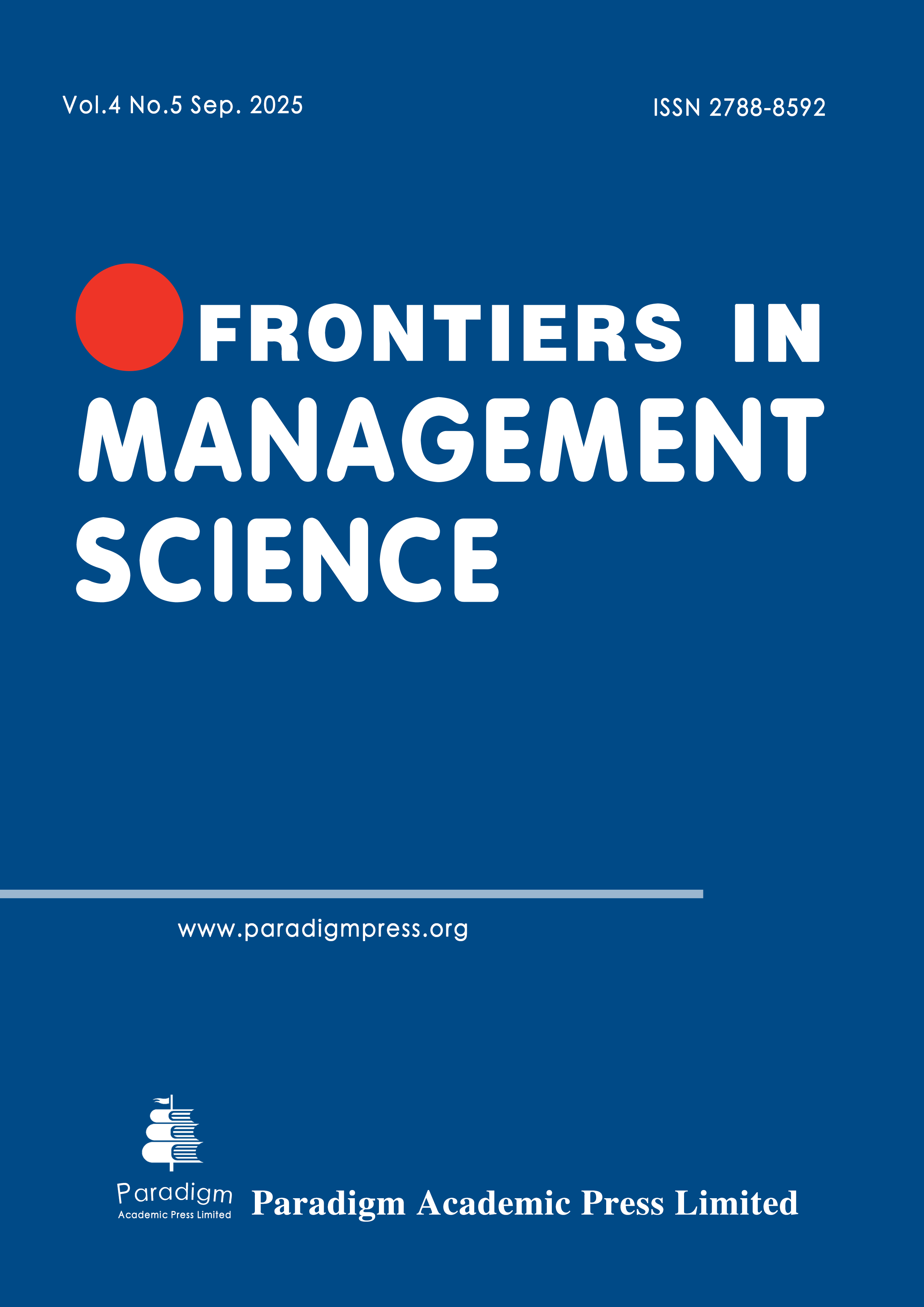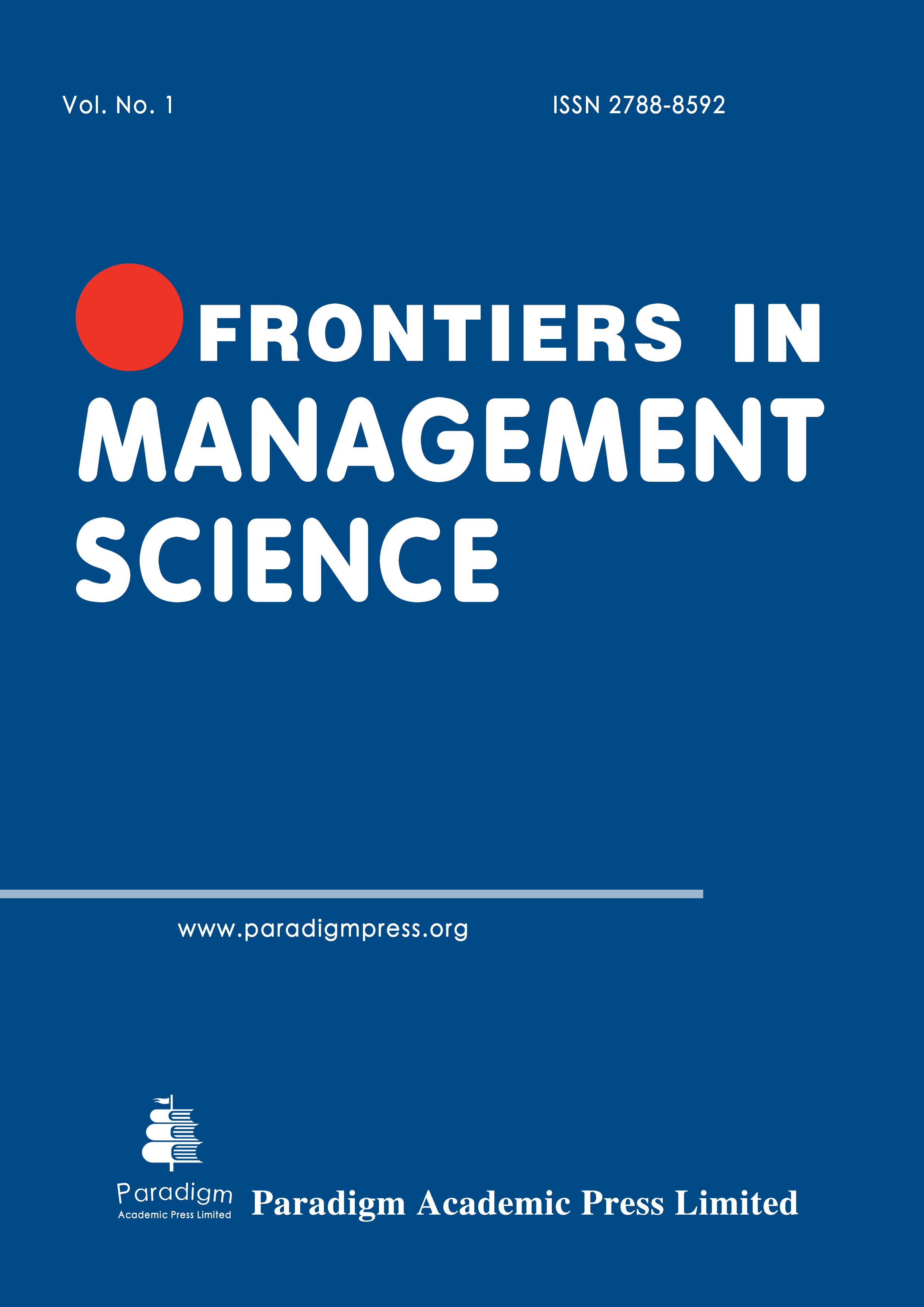US Semiconductor Chip Manufacturing Reshoring: Regulatory, Economic, and Structural Challenges
DOI:
https://doi.org/10.63593/FMS.2788-8592.2025.09.002Keywords:
U.S. semiconductor chip manufacturing reshoring, policy incentives, tariffs, legislative acts, regulatory dilemmas, economic constraints, cost barriers, structural challenges, labor shortages, value chain complexity, U.S.-China semiconductor competition, global semiconductor supply chain, technological sovereigntyAbstract
Since the 2008 global financial crisis, successive U.S. administrations have prioritized semiconductor chip manufacturing reshoring as a core component of safeguarding global leadership, with policies such as the One Big Beautiful Bill Act (2025) and the CHIPS and Science Act driving this effort. While partial results have been achieved—including 244,000 new high-tech/manufacturing jobs announced in 2024 and semiconductor projects accounting for two-thirds of early 2025 Foreign Direct Investment (FDI)—the initiative faces three core dilemmas: regulatory ambiguities, economic constraints, and structural bottlenecks. This study analyzes the motivations (addressing manufacturing hollowing-out, maintaining economic/technological power, safeguarding national security, boosting blue-collar employment), pathways (policy incentives like tax breaks/subsidies, tariff policies, legislative intervention), and outcomes of U.S. semiconductor reshoring. It draws on data from authoritative sources (e.g., Semiconductor Industry Association [SIA], OECD, Reshoring Initiative) and case studies (Intel’s Ohio fab delays, TSMC’s Arizona project setbacks) to identify key challenges: frequent policy adjustments undermining investment confidence, higher U.S. manufacturing costs (30-50% above Asian countries) due to energy/labor/raw material expenses, and structural gaps in the semiconductor value chain (reliance on Asian upstream materials, domestic high-skilled labor shortages). The study further explores the global impacts of reshoring, including the restructuring of the global semiconductor supply chain and intensified U.S.-China competition—with China’s semiconductor industry (e.g., SMIC) evolving from import dependence to independent R&D, though still lagging in advanced processes. It concludes that the U.S. must reassess its technology blockade policies, balance national security with global technological cooperation, and promote supply chain stability to ensure long-term prosperity in its semiconductor sector.



